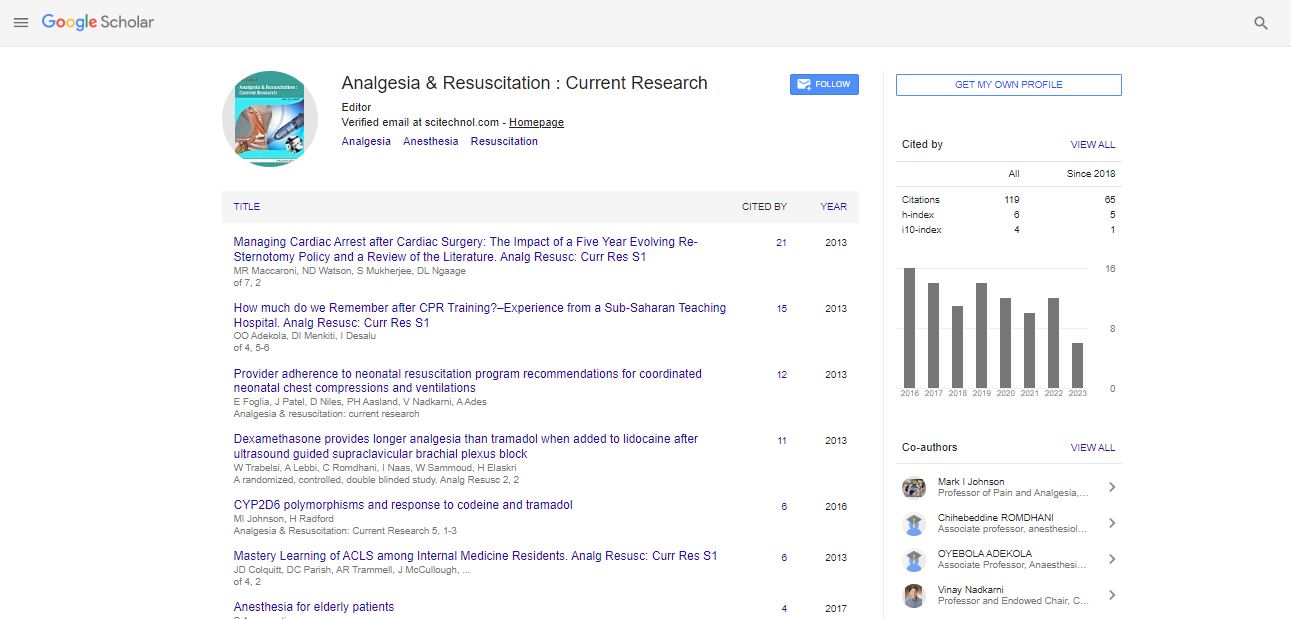Research Article, Analg Resusc Curr Res Vol: 4 Issue: 2
Influence of Teeth to Sleep Disturbance, and Behavioral and Psychological Symptoms of Dementia of the Patients with Dementia at Psychiatric Hospitals in Japan, and the Target of Non-Pharmacologic Intervention
| Mie Urabe MSN RN1* and Shinji Urabe MD2 | |
| 1School of Nursing, Kyoto Prefectural University of Medicine, Japan | |
| 2Dai-ni Kitayama Hospital, Japan | |
| Corresponding author : Mie Urabe MSN RN School of Nursing, Kyoto Prefectural University of Medicine 602-0857, 410 Nakagoryo-cho, Kamigyoku, Kyoto, Japan Tel: +81-75-212-5444; Fax: +81-75-212-5444 E-mail: urabem@koto.kpu-m.ac.jp |
|
| Received: June 21, 2015 Accepted: October 20, 2015 Published: October 24, 2015 | |
| Citation: Urabe MMSNRN, Urabe SMD (2015) Influence of Teeth to Sleep Disturbance, and Behavioral and Psychological Symptoms of Dementia of the Patients with Dementia at Psychiatric Hospitals in Japan, and the Target of Non-Pharmacologic Intervention. Analg Resusc: Curr Res 4:2. doi:10.4172/2324-903X.1000137 |
Abstract
Background: The aim of this study was to elucidate the relationship between dentition statuses in elderly individuals with dementia, and sleep disturbances, and BPSD, to contribute to the existing knowledge regarding non-pharmacological interventions for sleep disturbances and BPSD.
Method: We mailed questionnaires to nurse section of psychiatric hospitals, where many patients with dementia were hospitalized, selected randomly in Japan. We requested nurses and caregivers who worked at those psychiatric hospitals to complete a questionnaire about the age, sex, number of teeth, good sleep or sleep disturbance and BPSD of the inpatients with dementia.
Results: The subjects were 373 patients (245 females) patients who had been diagnosed with dementia (Alzheimer’s disease, 64%; vascular dementia, 31%; Lewy body disease, 4%; and Pick’s disease, 1%). Dentition status were associated with Sleep disturbances(0.000**). Among BPSD, sleep disturbances, agitation, repetitive vocalization, and aggression were related to ≥ 5 other BPSD.
Conclusions: The present study suggests that a potential nonpharmacological intervention for sleep disturbances involves the teeth of elderly individuals with dementia, i.e., the establishment of a sleep pattern by increasing the arousal level through masticatory activity. The relationship between BPSD categories is the key to non-pharmacological intervention. Thus, management of sleep disturbances is essential for the interventions for BPSD.

